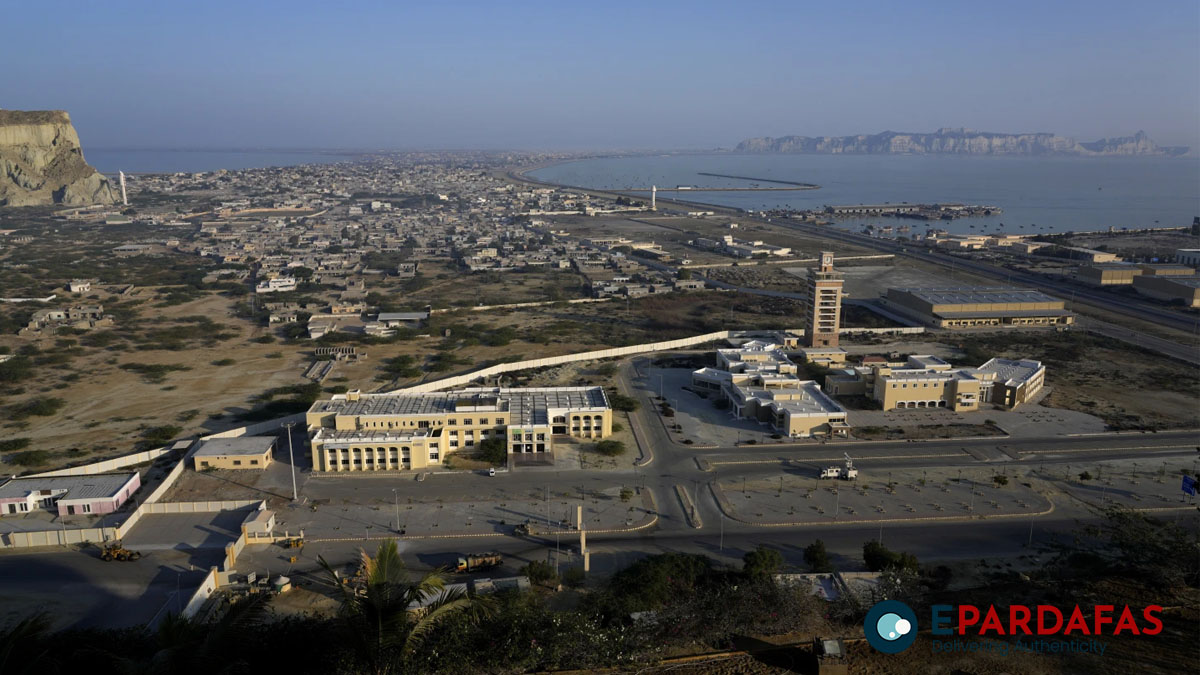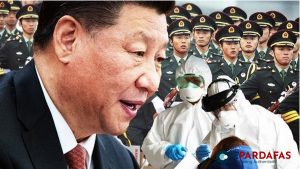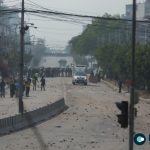
China’s BRI Stumbles in Pakistan: Gwadar’s Empty Airport Symbolizes Broken Promises
Pakistan’s most expensive airport stands eerily silent. Built at a staggering cost of $240 million, entirely financed by China, the New Gwadar International Airport remains non-operational months after its completion in October 2024. With no passengers, no flights, and no clear opening date, the airport has become a symbol of the growing disconnect between grand infrastructure projects under China’s Belt and Road Initiative (BRI) and the harsh realities on the ground.
Located in Gwadar, a coastal city in Pakistan’s restive Balochistan province, the airport is part of the China-Pakistan Economic Corridor (CPEC)—a multi-billion dollar project aimed at linking China’s western Xinjiang province to the Arabian Sea. While authorities hail CPEC as a transformative initiative, locals in Gwadar see little change. The city, home to roughly 90,000 people, lacks basic amenities like a stable electricity supply and clean drinking water.
“A 400,000-passenger-capacity airport is not a priority for Gwadar’s people,” said Azeem Khalid, an expert on Pakistan-China relations. “This airport is not for Pakistan—it’s for China, to ensure secure access for their citizens in Gwadar and Balochistan.”
Caught Between Militants and Military Control
The development of Gwadar under CPEC has fueled a long-standing insurgency in Balochistan, where separatist groups accuse the government of exploiting local resources while offering little in return. These militants have repeatedly targeted both Pakistani security forces and Chinese workers, seeing CPEC as another tool of state oppression.
In response, Pakistan has intensified its military presence in Gwadar. The city is now heavily monitored, dotted with checkpoints, barbed wire, barricades, and watchtowers. Roads are frequently closed to ensure the safe passage of Chinese personnel and Pakistani officials, while intelligence officers closely monitor journalists. Even the city’s fish market is considered too sensitive for media coverage.
For local residents, life has become suffocating. “We never had to explain who we were or where we were going,” said 76-year-old Gwadar native Khuda Bakhsh Hashim. “Now, we are questioned at every turn.”
Hashim recalls a time when Gwadar was part of Oman and served as a vibrant hub for passenger ships heading to Mumbai. “People had work, no one went hungry, and we had enough drinking water,” he said. But decades of drought and unregulated resource extraction have left Gwadar parched and struggling.
While the government claims CPEC has created 2,000 jobs for locals, there is little clarity on whether those jobs went to native Baloch people or workers brought in from other parts of Pakistan.
A City Left Behind
Despite its strategic importance, Gwadar remains underdeveloped and largely disconnected from the rest of Pakistan. Only one domestic flight operates three times a week between Gwadar and Karachi, while there are no direct air links to Quetta or Islamabad. The scenic coastal highway, though useful, offers few facilities.
Meanwhile, forced disappearances and extrajudicial detentions are frequently reported, with activists claiming that anyone who criticizes government policies or CPEC risks arrest. The government denies such accusations, but the fear among residents is palpable.
Hashim, like many others, wants CPEC to succeed and create opportunities for young people in Gwadar. “If people had food on their tables, why would they resort to militancy?” he asked.
However, militant activity in Balochistan has surged in recent years. After a relative lull in violence following a government counterinsurgency operation in 2014, attacks have steadily increased since 2021, particularly after the Pakistani Taliban ended its ceasefire with the government in 2022. The outlawed Baloch Liberation Army has intensified its operations, further destabilizing the region.
An Airport Without an Inauguration
Security concerns delayed the formal inauguration of the Gwadar airport. Officials feared the nearby mountains could provide militants with a strategic vantage point for launching attacks. Instead, Pakistani Prime Minister Shehbaz Sharif and Chinese Premier Li Qiang marked the occasion with a virtual ceremony. The inaugural flight took off in secrecy, with neither the media nor the public allowed to witness it.
Abdul Ghafoor Hoth, a local leader from the Balochistan Awami Party, said no Gwadar resident was hired to work at the airport—not even as a security guard. “Forget high-level jobs; even basic employment opportunities were not given to the local Baloch people,” he said.
Hoth led weeks-long protests in December 2024, demanding better living conditions, including access to electricity and clean water. Authorities promised to address these concerns, but no progress has been made since.
A Future in Limbo
Experts argue that without integrating local communities into CPEC’s economic model, the project will only deepen resentment. “Chinese investment brought more military control, not prosperity, to Gwadar,” said Khalid. “The Pakistani government is unwilling to share the benefits with the Baloch, and the Baloch refuse to accept crumbs.”
For now, Gwadar’s massive new airport stands as a silent testament to CPEC’s unrealized promises. Without local employment, services, or infrastructure improvements, the people of Gwadar see little reason to celebrate the grand projects unfolding around them.
Input from Agency













Comments